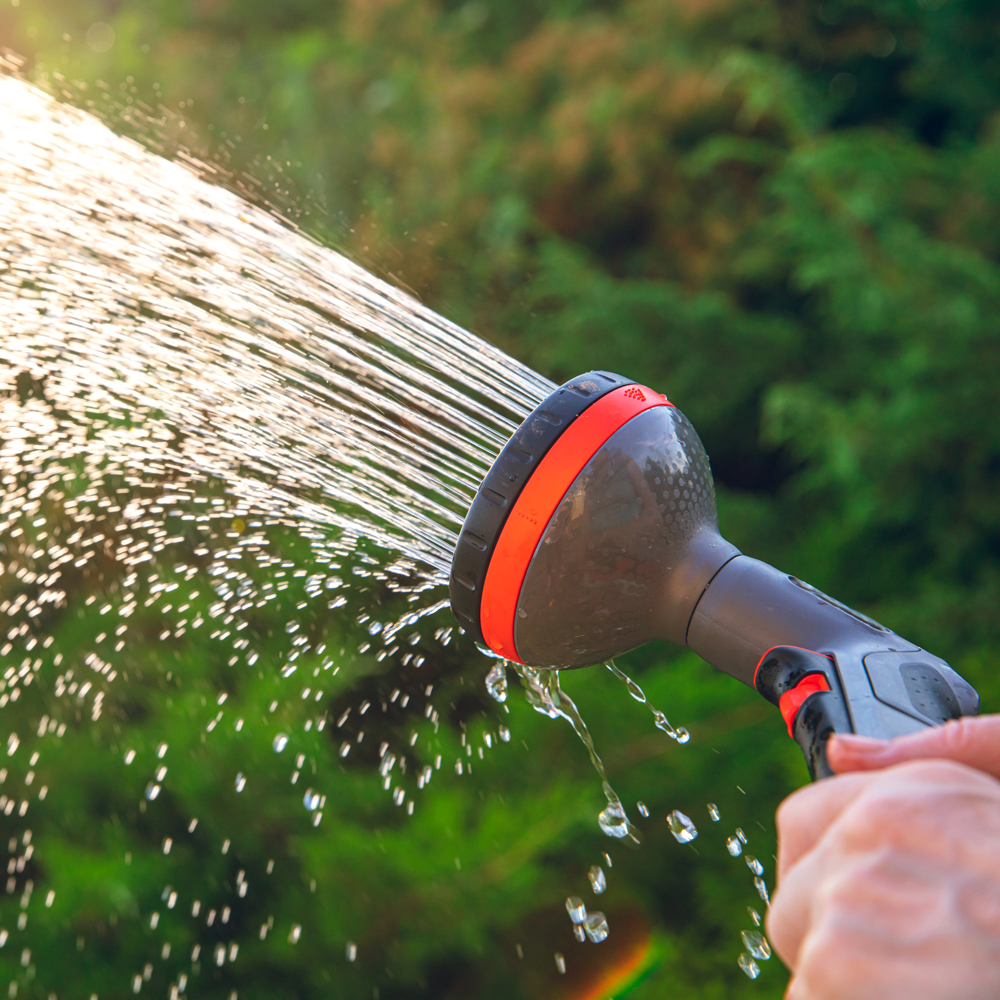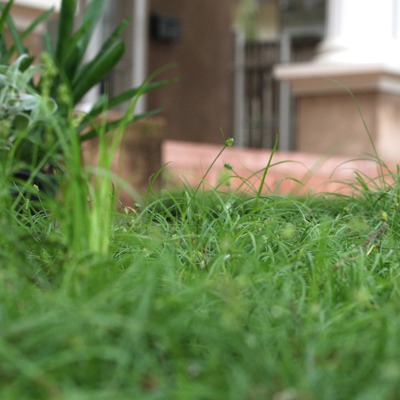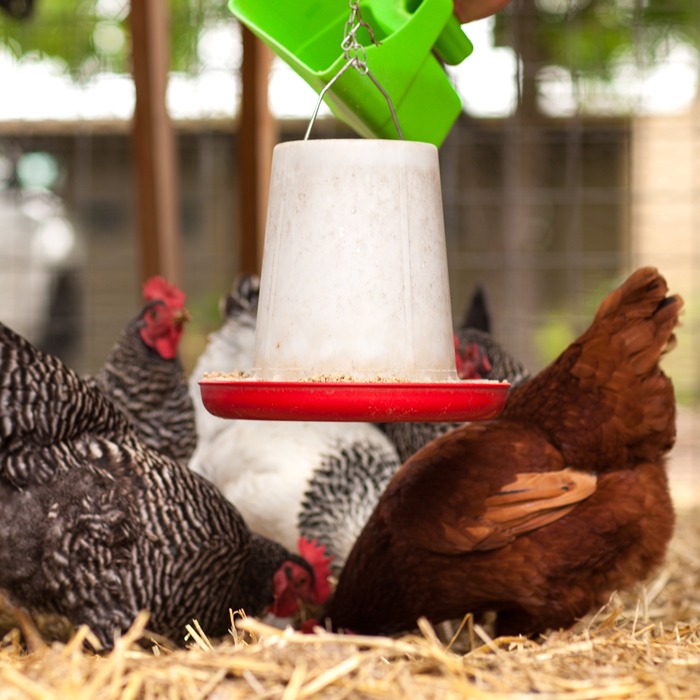From water conservation to composting to tree planting, the way you landscape at home can make a positive impact. The term “sustainability” can mean something different to each of us, but it all adds up and it’s all important!
When you hear the word sustainability, what does it mean to you? There are many things we can do to help make our city more sustainable — and we can actually start at home. While that means something different to each of us, if we all move towards being sustainable in our own way, it all adds up, and it is all-important.
Personally, moving towards being more sustainable at home means planting and doing things with our yard that are useful and beneficial to my family, to wildlife, and to Mother Earth. For my family, grass is not useful. My kids prefer chasing butterflies, picking flowers and digging in the dirt.
 Our wildlife garden creates an environment for learning and enrichment for our family, especially our children. Our garden also helps repair our earth by creating habitat for pollinators and shelter for many creatures. My kids also learn how valuable water — our most precious resource — is and that we do not use it carelessly. Instead of an irrigation system, we only hand-water plants to get them established or during extremely dry periods.
Our wildlife garden creates an environment for learning and enrichment for our family, especially our children. Our garden also helps repair our earth by creating habitat for pollinators and shelter for many creatures. My kids also learn how valuable water — our most precious resource — is and that we do not use it carelessly. Instead of an irrigation system, we only hand-water plants to get them established or during extremely dry periods.
 There are more important things than having a lush green lawn and planting that seed early is important. Of course, a grass-less yard is not for everyone. My backyard looks “messy,” really messy sometimes, but to us it’s useful. If you prefer a more manicured look, consider a native sedge “lawn” in the shade or a native buffalo grass lawn in full sun. Lawn alternatives are beautiful and use a lot less water than the most popular turf grasses.
There are more important things than having a lush green lawn and planting that seed early is important. Of course, a grass-less yard is not for everyone. My backyard looks “messy,” really messy sometimes, but to us it’s useful. If you prefer a more manicured look, consider a native sedge “lawn” in the shade or a native buffalo grass lawn in full sun. Lawn alternatives are beautiful and use a lot less water than the most popular turf grasses.
 Another way my family puts our land to good use is by keeping hens. I’m often asked, “Why chickens?” My answer is simple, “Why not chickens?” Hens allow us to have fresh eggs all year — I haven’t bought eggs in more than five years — and natural pest control and fertilizer for our garden as well. Chickens don’t take up a lot of room; in fact, our coop and chicken yard are in the back corner of our property where a huge area of dying grass used to be.
Another way my family puts our land to good use is by keeping hens. I’m often asked, “Why chickens?” My answer is simple, “Why not chickens?” Hens allow us to have fresh eggs all year — I haven’t bought eggs in more than five years — and natural pest control and fertilizer for our garden as well. Chickens don’t take up a lot of room; in fact, our coop and chicken yard are in the back corner of our property where a huge area of dying grass used to be.
Be sure to check with your HOA before building your coop! And depending on how many hens you want to have, you may need an excess animal permit through Animal Care Services, so be sure to contact them for current regulations, as well as to get an inspection and permit paperwork started.
Above all, have fun creating your own sustainable yard that’s useful for you, and good for the earth.


